
Image: Nataliia Melnychuk / Shutterstock
Some of the easiest starter houseplants are poisonous to pets. These plants include philodendrons; devil’s ivy, the ubiquitous vining office plant; aloe vera, the great skin soother; Easter lilies and practically every lily; poinsettias; and many more. I recommend that you check out the ASPCA’s list of poisonous houseplants for more details, though there are so many plants you couldn’t possibly list every single one.
Now, toxic doesn’t necessarily mean deadly, but no one wants a vet bill and to clean up the smelly leavings of their sick pet. (Also, non-toxic doesn’t mean no unpleasant symptoms. No matter what plants you have, it’s best to keep them where your fuzzy darlings won’t snack on them.)
So what’s a pet owner with a black thumb to do? It turns out you have lots of options for low-maintenance, non-toxic houseplants.
Spider Plant
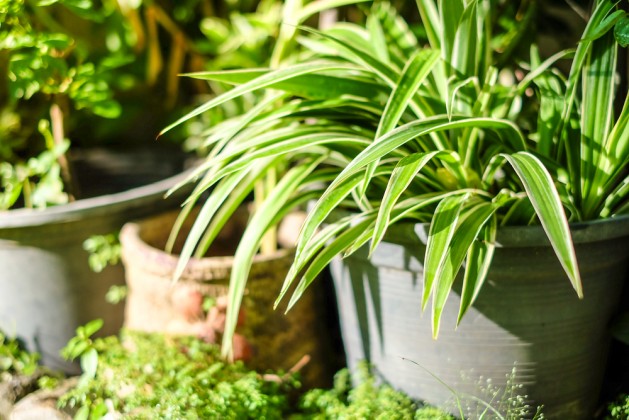
It does best in bright light, but I’ve found them to be pretty tolerant of whatever you give ‘em. You can get all fancy with the watering schedule, but “when you remember” seems to work best, and certainly don’t water more than once a week. As an added bonus, spider plants do a decent job of filtering the air and once you have one plant, and they’ll make you many more via “babies” at the ends of long shoots.
One draw back is that cats seem to love eating them, possibly because it makes them high.
Jade Plant
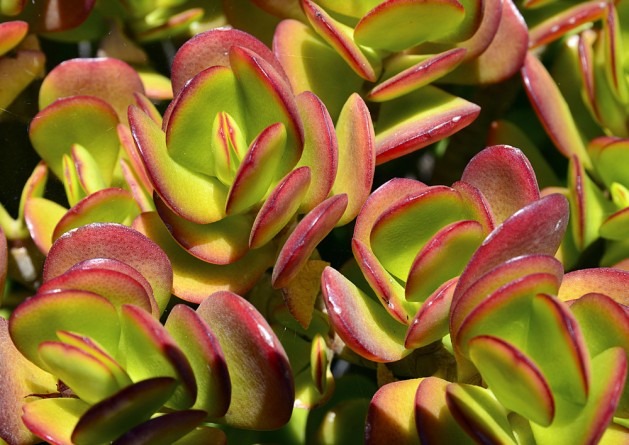
Succulents are a great choice for the plant impaired as long as you kill plants with lack of love as opposed to trying too hard. (Your succulents will hate you if you overwater.) Jade plants like direct light and soil that doesn’t hold moisture very long, like a cactus potting mix. Jade plants have smooth, plump leaves that are often tinged with red at the edges when they get enough light. They grow slowly, but can become satisfyingly enormous over the course of decades.
Violas
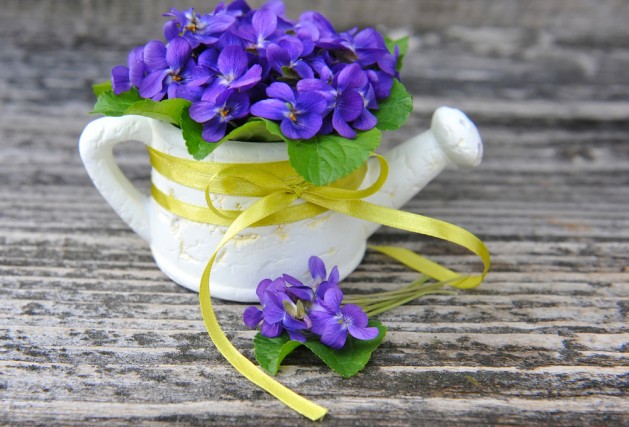
While African violets are non-toxic, everyone I know has killed one. If you want a splash of color without the heartbreak, violas are the way to go. They’re often sold in early spring in trays, but you can buy seeds year round and they sprout pretty readily in about two weeks. Violas are hardy against overwatering, underwatering, cold, and various levels of light. The only thing that seems to get them is sustained scorching heat, which shouldn’t be a problem inside.
If you do put them outside in decent weather where pollinators can get to them, violas will happily self-seed, meaning that you get more violas in your pot for nothing.
Sage
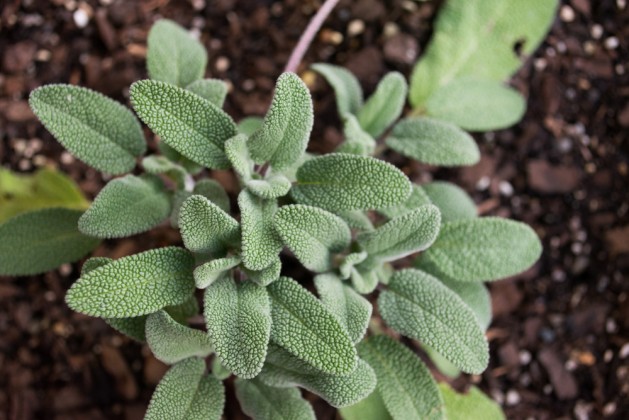
A lot of herbs are pet-safe, but keeping them alive can be so difficult you can’t even harvest them. While common sage originated in the Mediterranean region, it’s a trooper. It prefers lots of light and moderate watering, but it can dry out, get kind of smashed, be overwatered, spend too much time in the shade, withstand freezing temperatures, and more. (I’d like to take this moment to apologize to my sage plant.) Look, if sage can make it outside in a Midwest winter, it can survive your plant-related incompetence.
Besides looking cool with its fuzzy, fragrant leaves, which come in lots of different colors, sage goes will with chicken, fish, and stuffing, and makes a killer brown butter sauce.
Christmas Cactus
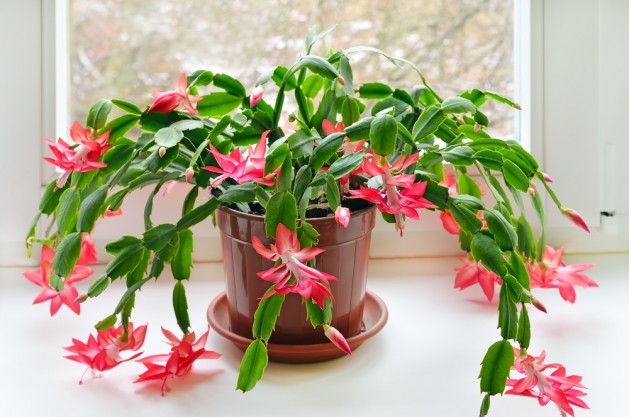
Festive plants can be fun, but so many of them are so damn toxic and get thrown away within a month. So it’s wasteful and potentially dangerous for your pets.
Enter the Christmas cactus! The Christmas cactus has no spines or needles, and blooms with flashy, bright flowers during the holiday season year after year.
Now, Christmas cacti are slightly more finicky than your average cactus; they don’t like to be scorched, frozen, overwatered, or underwatered. What does this mean for you? Keep it inside next to a window and water it once in a while. Yes, there are best practices to have a flourishing Christmas cactus like dormancy periods, light levels, and changing up watering. But for it to survive and keep blooming every year takes very little effort.



